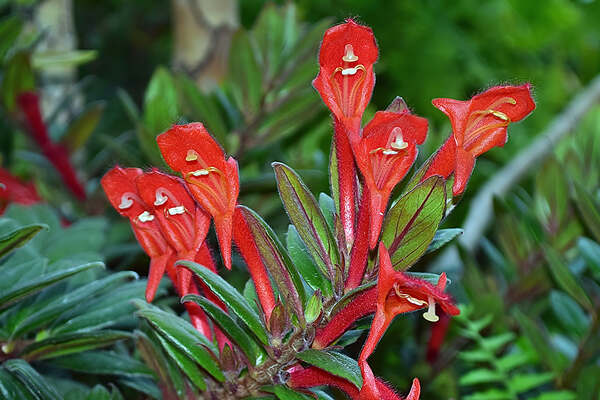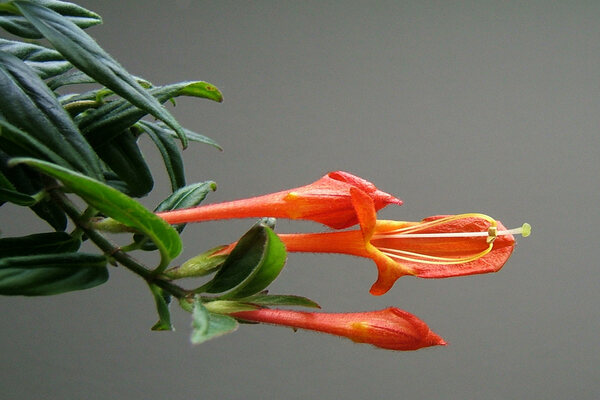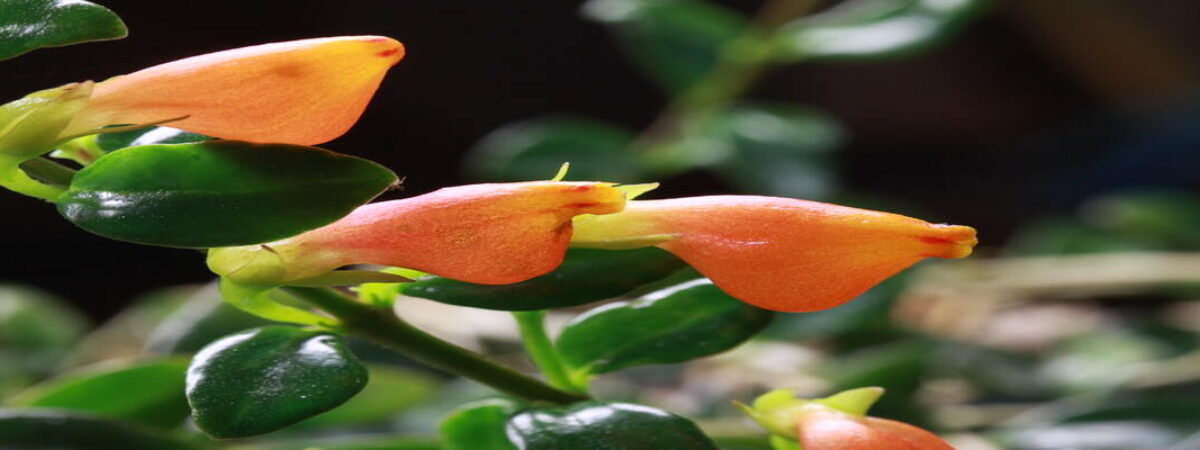Goldfish plant is a beautiful flowering plant that got its name for its elegant beautiful golden yellow flowers that can surely add beauty to your garden.
Creating offspring plants from your elegant goldfish plant can be achieved quite easily through propagation and is best done during the period of spring to summer for greater root establishment.
However, there are a lot of propagation methods you can use to propagate your plant.
Let’s go through each of these propagation methods in a detailed method plus tips for each process.

Propagation of goldfish plant
The propagation of goldfish plants is very simple and easy to do. Propagation of the goldfish plant can be done in different ways.
Propagation of the different varieties of goldfish plants is more or less the same and it usually is. However, the most common goldfish plant propagation method is through cuttings, but you can still reproduce the plant by using seeds, but it will probably have a lower degree of success.
Branch cutting
The goldfish plant typically has a short stem if it is growing as usual. From the stem, branches are proceed in all directions to cover the pottage and flower later.
Therefore, it is unlikely that you can find stem cuttings usually, as with most other plants. So branch cutting is the best option to propagate the goldfish plant.
In branch cutting, propagation can be done by getting cuttings from branches. You can get the necessary branch cuttings from the supple edges of the still green components which can later grow into plants.
You can also get the cuttings from the middle section of the branch. The branch from which you get the branch cuttings for propagation must be from an actively growing pant or one preserved from the previous season.
It is also necessary that the cutting shouldn’t have flowers because the cutting will focus on maintaining the flowers at the expense of roots.
After you have selected the required branch to get your cutting, take the next step to sterilize your scissors or whatever cutting tool you are using. Otherwise, it can cause you to leave your plant infected and carry infective on to the new plant.
Then take the cutting from your plant by using sterilized tools. The best cutting size for the propagation should be between three to six inches long (7.5 to 15 cm). It would be helpful if you detached the branch section use for propagation about 0.5mm above the bottom-most node.
The cutting must have a considerable amount of leaves, significantly if the cutting is taken from the edge of the branch. The leaves of the plant are susceptible to rotting when they get into contact with the soil and rotting leaves can infect the cutting and lowers its growth.
So remove the leaves from the lower side of the cutting to avoid getting into contact with soil. Thus the section that will contact the medium must be clear and easily accessible. It is suggested to dub the cutting to some rooting hormones and stick them into the medium.
The rooting hormone facilitate the growth and rooting of the plant. Other wise rooting of the plant takes about three weeks.
place your cutting in a pottage that is made up of a mixture of peat and vermiculite in equal measure. You can also make a mixture of dolomitic limestone with perlite on a one-to-one ratio.
Propagation by division
Besides stem cutting, you can also plant more than one rooted cuttings in one pot. The reason behind planting more cuttings in the same pot is to make the pottage thicker and more established faster.
Later, you can propagate the goldfish plant by separating them from the original cuttings and potting them separately. This procedure of propagation is known asthe division method.
The best time to propagate by division is when you want to repot your plant because you may need to have the roots outside the soil to reproduce in this manner.
Then you need to hold the roots and the stem and pull them apart gently to make the roots healthy. Once you have removed the plant from the pot to repot, remove as much soil as possible from the sources.
Take the daughter section and plant it in an appropriate potting mix. You can also divide the plant into as many cuttings as together as you want to put the plant in a pot.
You may also have to trim the roots of the section a bit before potting. Trimming the cuttings ensures easy potting and allows the roots to grow and take hold. Moreover, trimming makes rooting faster.
Propagation from seeds
Seeds are the primary means of growing a plant and propagation but finding the seeds of goldfish plants is very difficult.
The natural habit where the goldfish plant grows is not appropriate for pollination. As a result, finding viable, a pollinated seed is quite overwhelming task. So the previous two methods will guarantee you better results.
However, the propagation through seeds can be done by following procedure.
Collect the seeds from any nursery.
Soak Seeds for atleast 1-2 Hours in Potassium Permanganate.
Drain the seeds from the solution, and rinse under tap water before placing them on a clean place.
Fill a large container with the seed starter mix and add some water to it. stir it by hand until the medium is moist but not soggy.
Fill each tray cell to plant the seed with the mix, and plant 2-3 seeds in each tray cell at the depth instructed on the seed packet.
Mist the seeds and cover the tray in a humidity dome or loosely with plastic wrap.
Keep the tray in a warm area so where the temperatures remain consistently between 68-75°F and the tray can get bright, indirect sunlight.
Sprouting will occur within 7-15 days.
Concluding thoughts

For some people, the goldfish plant is fussy and hard from propagation to growth. However, if you had read the blog carefully, you might know that the care needs are quite a few.
All you need is to control the humidity temperature at it’s proper levels, by providing appropriate environment.
As you read the article, you might have an idea about the propagating methods you can use to propagate a goldfish plant. Use the best method for your point of view from the above method and you will surely have the most fantastic plant ever.
You may also like to read






